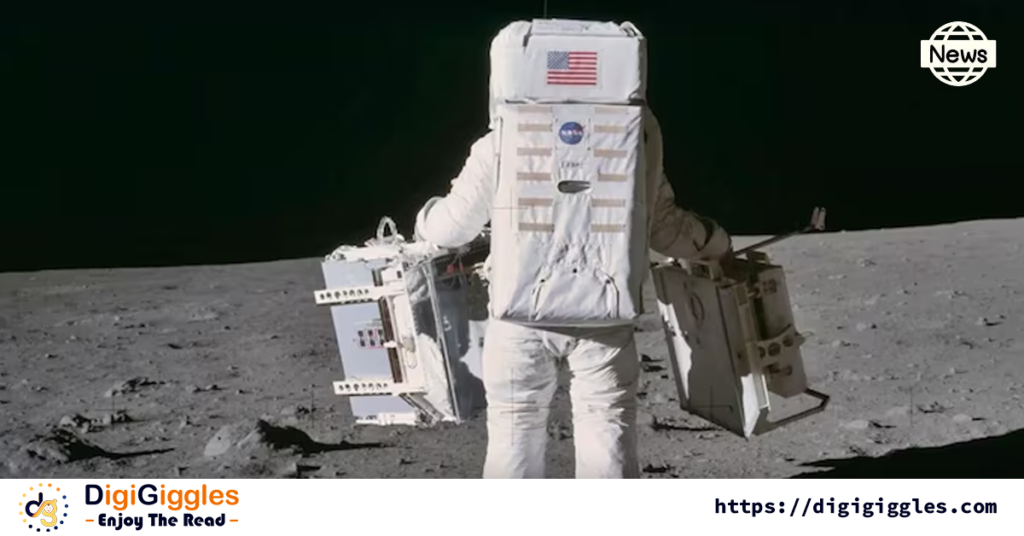
On this historic day, July 20, we commemorate the extraordinary achievement of Neil Armstrong, the first man to set foot on the Moon. Armstrong’s famous words, “That’s one small step for man, one giant leap for mankind,” continue to echo in the annals of space exploration history. However, few people are aware that Armstrong left behind an enduring legacy on the lunar surface: a device that still functions to this day. The Apollo 11 mission, launched by NASA on July 16, 1969, marked a pivotal moment in human history. Armstrong, alongside his fellow astronauts Buzz Aldrin and Michael Collins, embarked on this audacious journey, fueled by the human spirit of exploration and innovation. On July 20, 1969, Armstrong made his historic descent onto the Moon’s surface, forever altering the course of space exploration.
The Moon’s Silent Guardian
Amid the moonwalk and historic moments captured on film, Armstrong and Aldrin deployed various scientific instruments. Among them was the Lunar Laser Ranging Retroreflector (LRRR), a device designed to reflect laser beams sent from Earth. This seemingly simple apparatus has provided invaluable data for over five decades, contributing to our understanding of the Moon’s orbit, the Earth-Moon distance, and even the theory of relativity. The LRRR consists of an array of corner-cube reflectors that bounce laser beams back to Earth. By measuring the time it takes for the light to return, scientists can calculate the distance between the Earth and the Moon with remarkable precision. This ongoing experiment has helped refine our knowledge of lunar motion and has been instrumental in confirming the constancy of the speed of light, as proposed by Einstein’s theory of relativity.
An Enduring Legacy
The data collected from the LRRR has had far-reaching implications in various scientific fields. It has enabled scientists to measure the Moon’s gradual drift away from Earth, at a rate of about 3.8 centimeters per year. This information is crucial for understanding the dynamics of the Earth-Moon system and its impact on our planet. Furthermore, the LRRR experiment has provided insights into the internal structure of the Moon. By analyzing variations in the distance measurements, scientists can infer details about the Moon’s core and its geophysical properties. This knowledge is essential for future lunar missions and potential human settlements on the Moon. Neil Armstrong’s journey to the Moon is often celebrated for its daring and pioneering spirit. However, the enduring functionality of the LRRR serves as a testament to the ingenuity and foresight of the Apollo program’s scientists and engineers. Their work continues to yield scientific benefits, reminding us of the profound impact of space exploration on our understanding of the universe.
Looking Ahead
As we celebrate this milestone in space exploration, it is important to reflect on the legacy of Apollo 11 and the technological advancements it spurred. The success of the LRRR experiment underscores the importance of scientific research and international collaboration in our quest to explore the cosmos. In a world where technological advancements are rapidly evolving, the LRRR stands as a symbol of timeless innovation. It reminds us that even the simplest tools can have a lasting impact on scientific discovery and human progress. As we look to the future, the lessons learned from Apollo 11 and its enduring experiments will continue to inspire generations of explorers and scientists. Neil Armstrong’s footprint on the Moon is an enduring symbol of human achievement. Yet, it is the legacy of the Lunar Laser Ranging Retroreflector that quietly continues to work, reflecting our enduring quest for knowledge and exploration. As we celebrate this historic day, we are reminded of the remarkable contributions of the Apollo 11 mission to science and humanity.